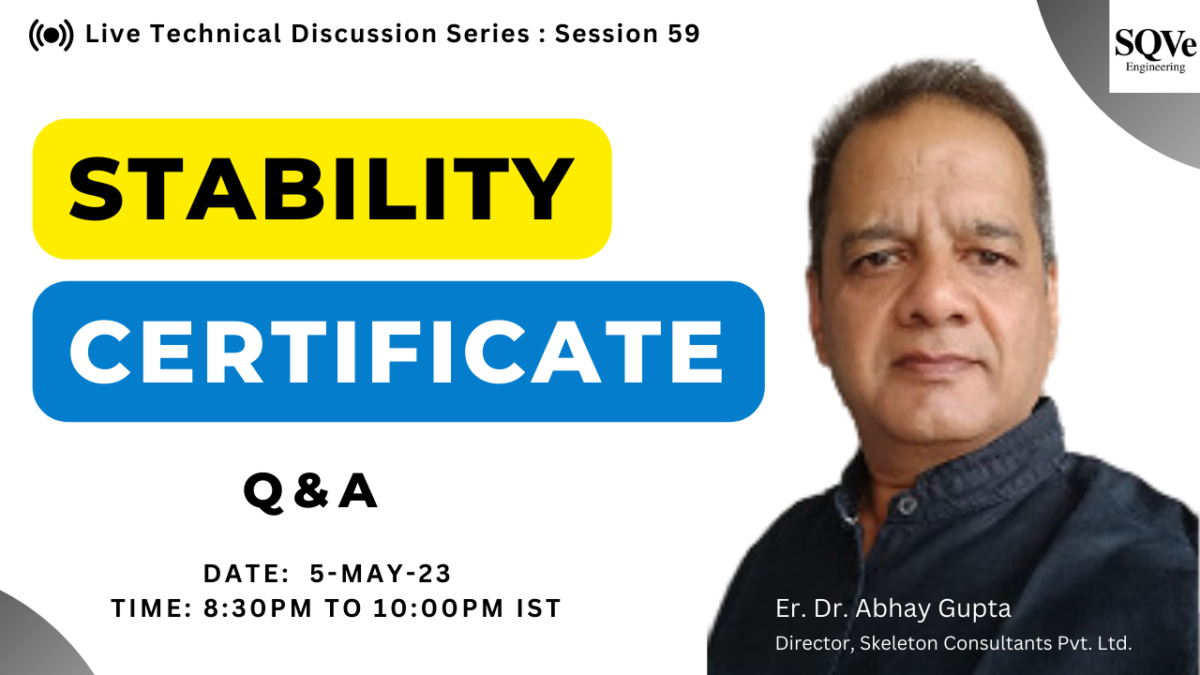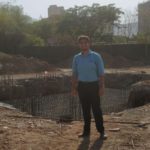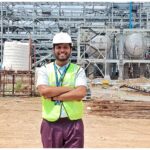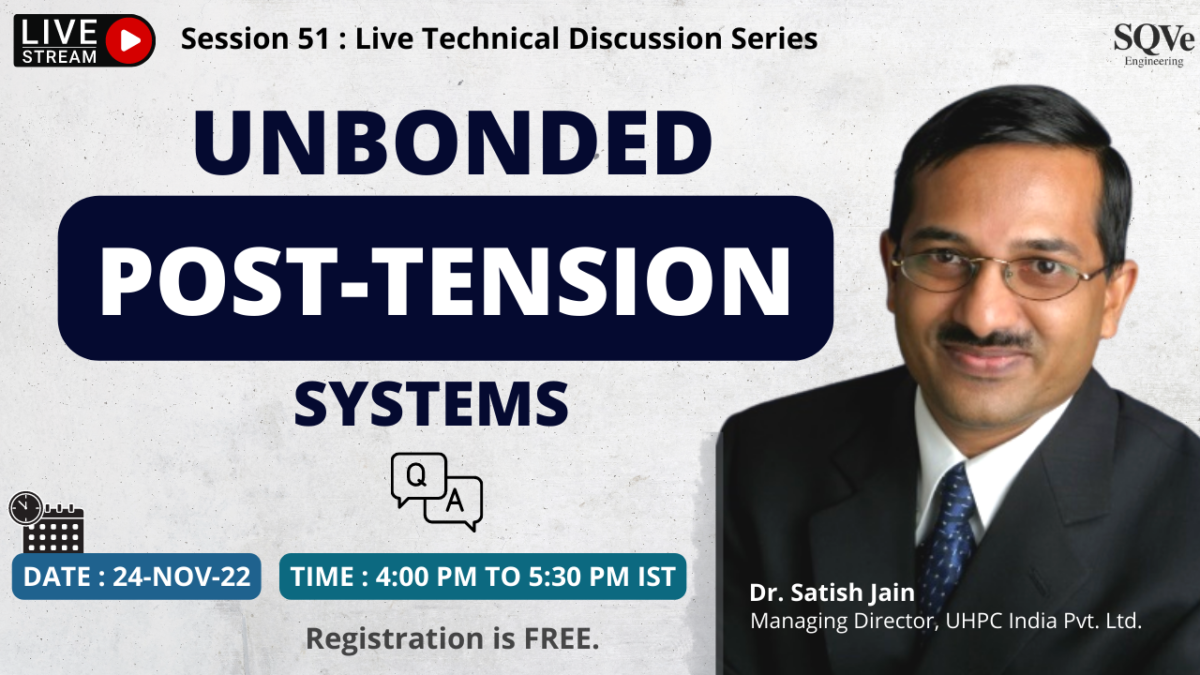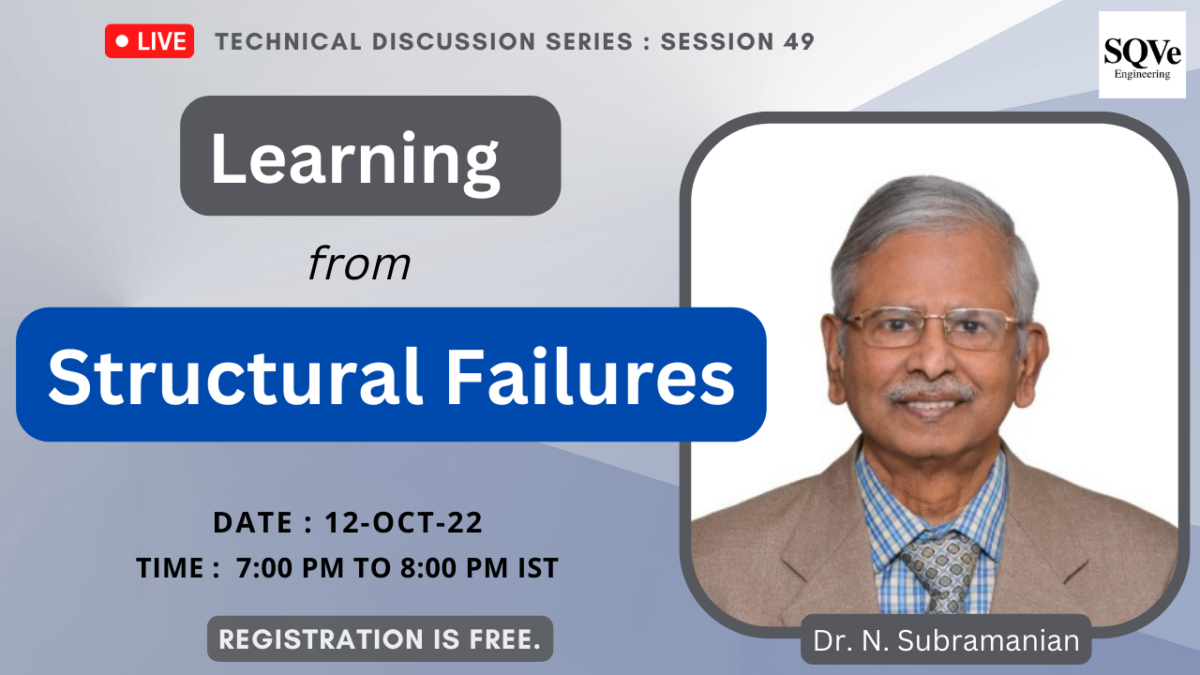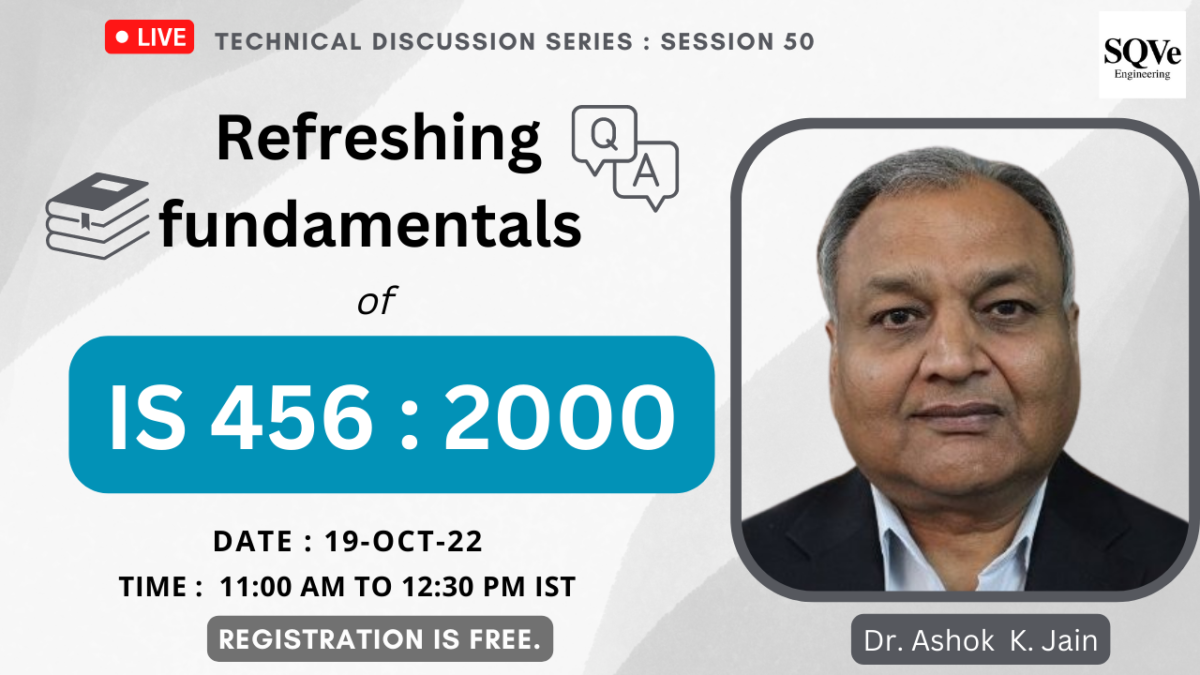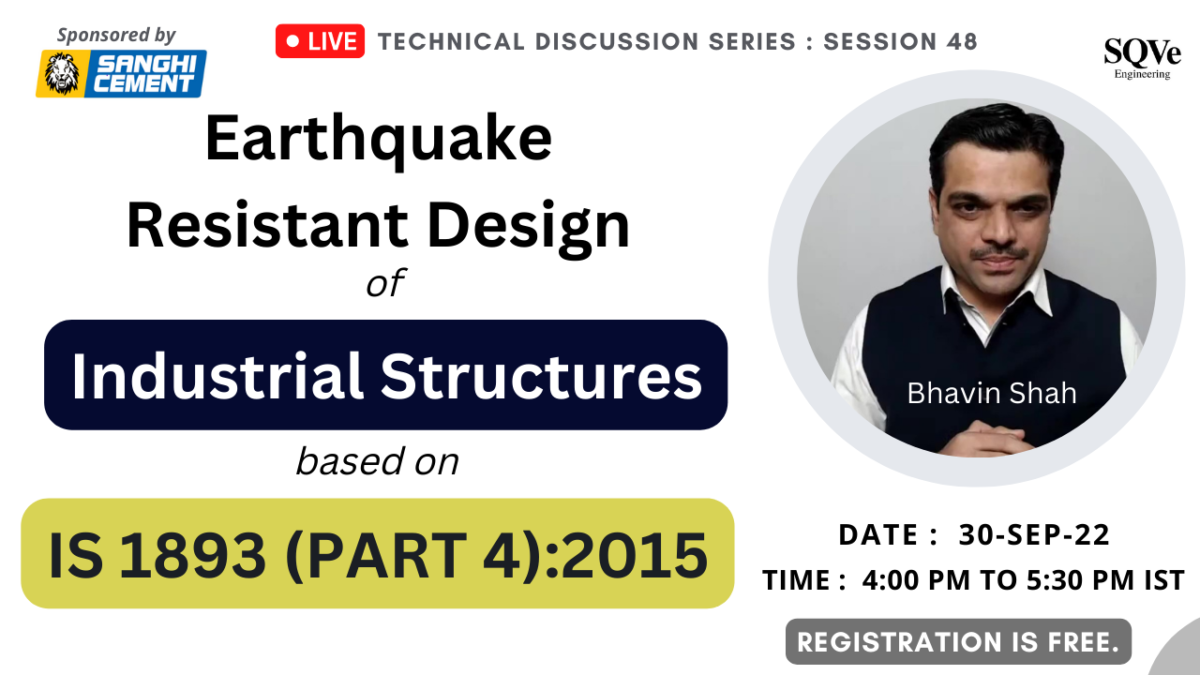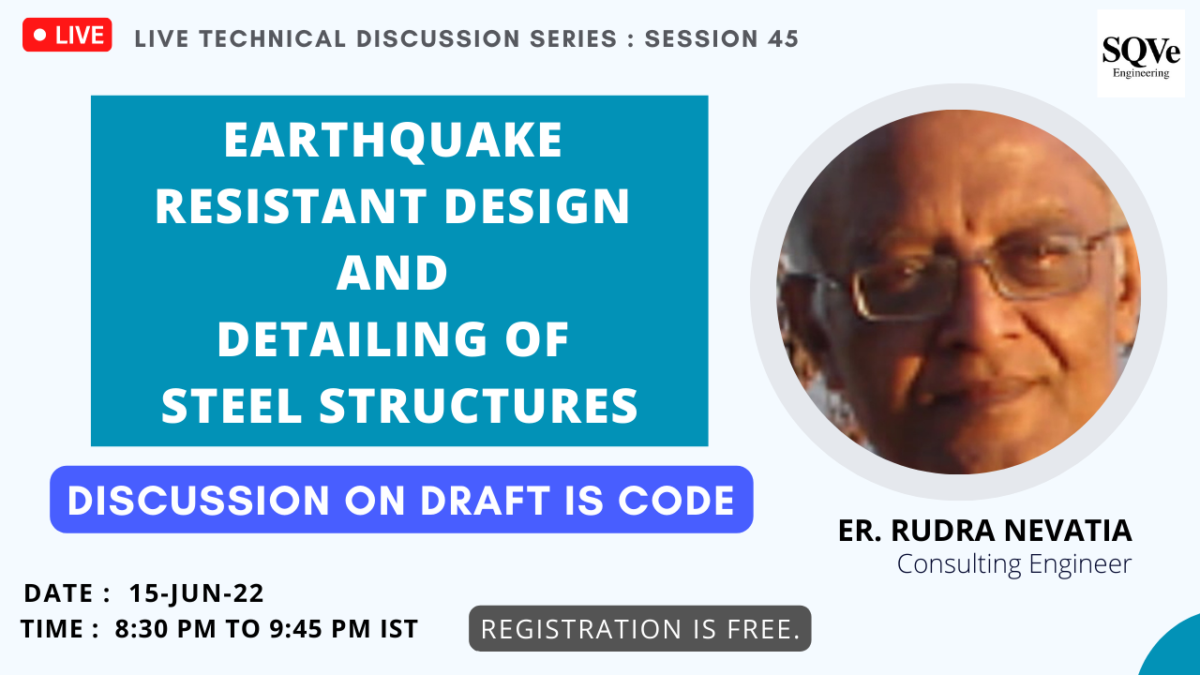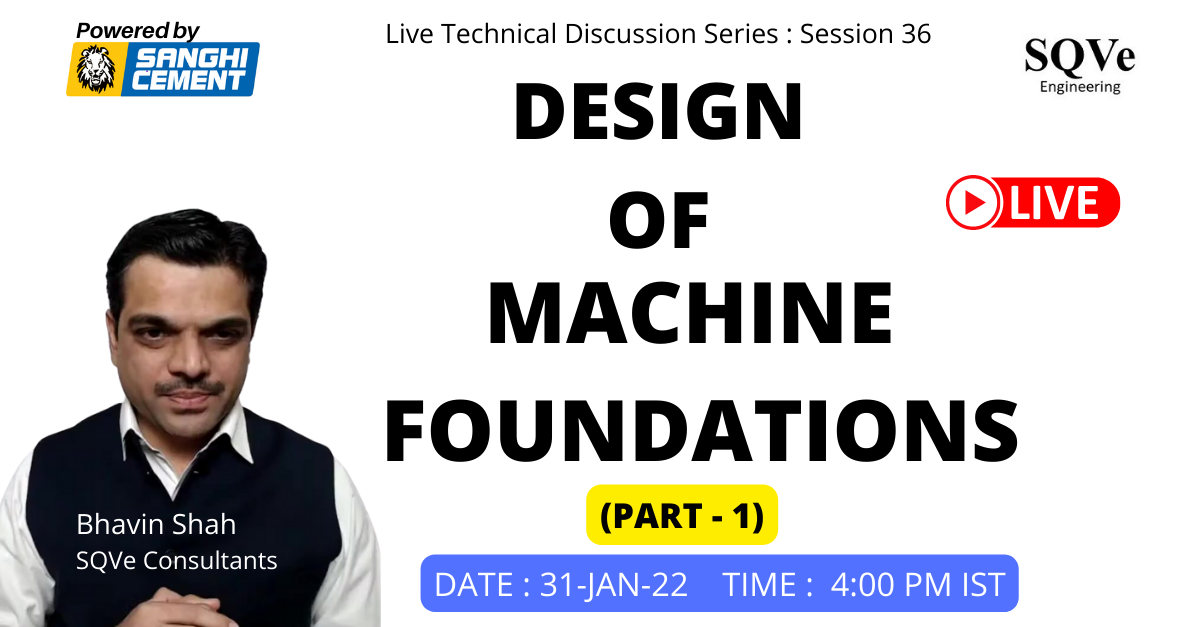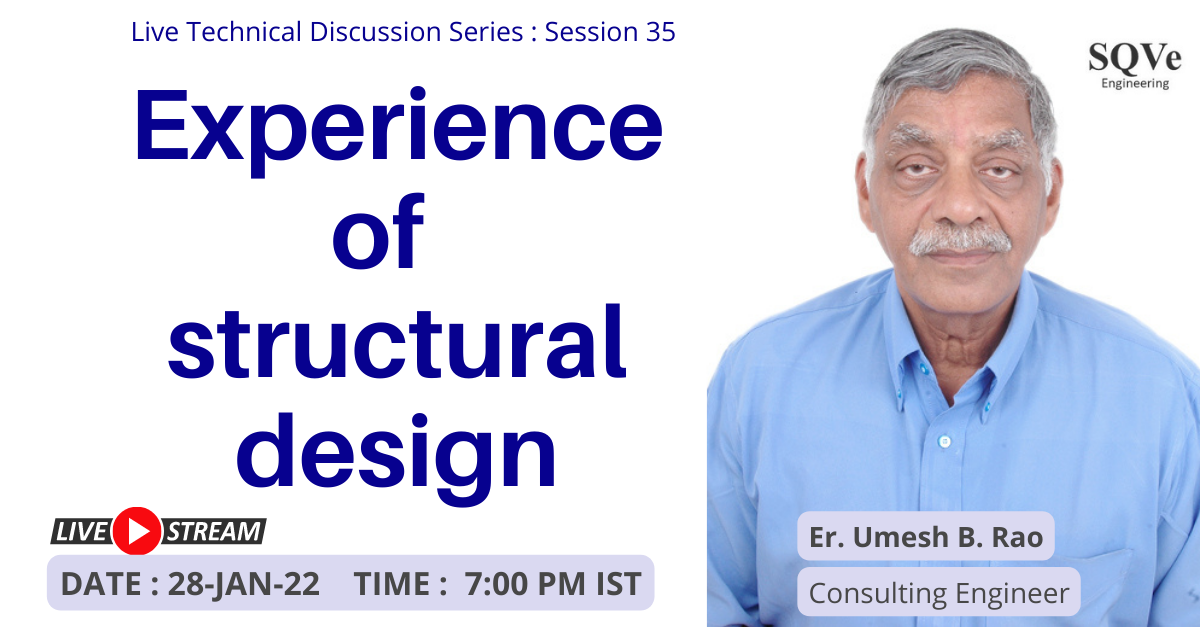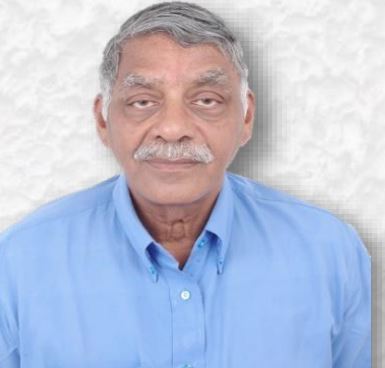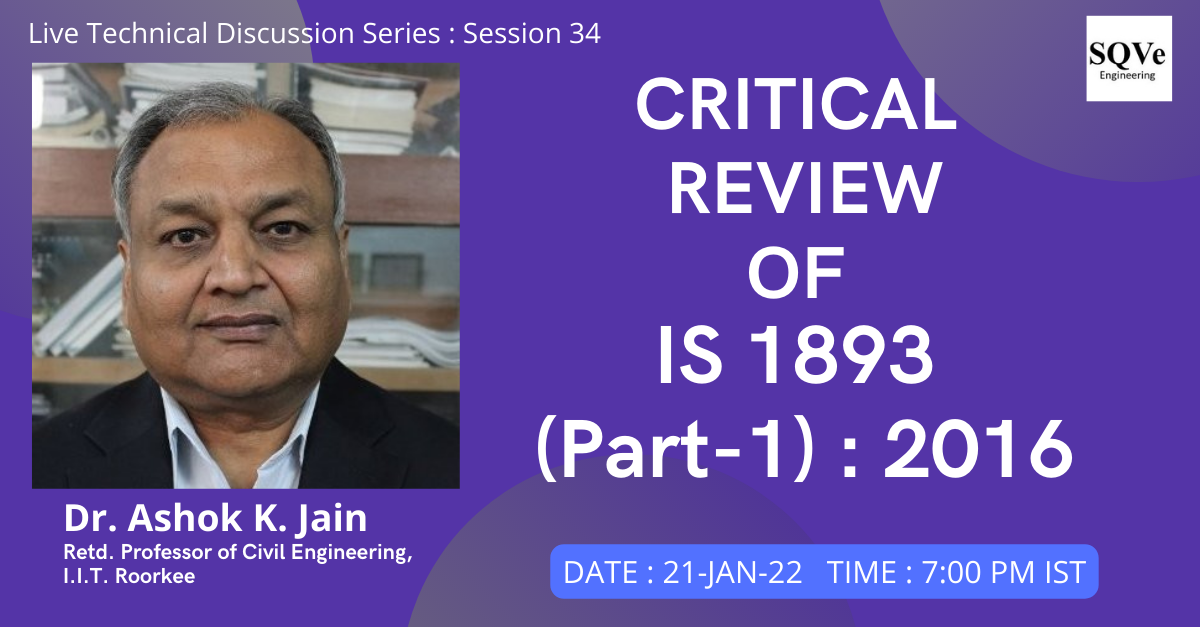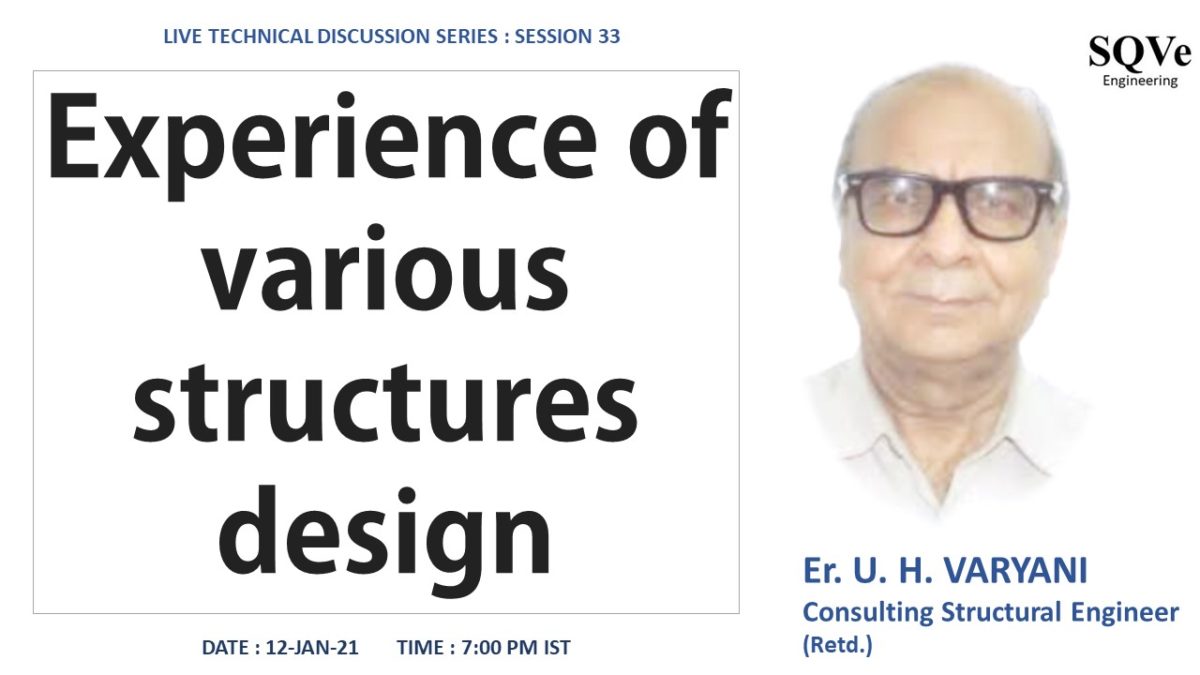INTRODUCTION
LIVE TECHNICAL DISCUSSION SERIES
Stability certificates are important documents issued by structural engineers to confirm that a structure is stable and safe to use. These certificates are crucial for ensuring that buildings, bridges, and other structures are safe for the intended use. However, there can be several issues with stability certificates for structural engineers, including:
Lack of standardization: There is no standardized format or template for stability certificates, which can lead to inconsistencies and confusion. This lack of standardization can also make it difficult for stakeholders to compare and evaluate different certificates.
Inadequate assessment: In some cases, stability certificates may be issued without a thorough assessment of the structure’s stability.
Insufficient documentation: Stability certificates should be supported by detailed calculations and drawings that show how the engineer arrived at their conclusions. However, some certificates may lack sufficient documentation, making it difficult to verify the accuracy of the assessment.
Conflicts of interest: Structural engineers may have conflicting interests when issuing stability certificates, particularly if they are working for the developer or contractor who built the structure. In such cases, there may be pressure to issue a certificate even if the structure does not meet the required standards.
Inadequate communication: Structural engineers may not be aware about the modifications which are done on site or after execution of the project. The same might have impact on the validity of the stability certificate.
Changes in environmental conditions: Environmental conditions, such as earthquakes, floods, or strong winds, can affect the stability of a structure. Structural engineers may need to conduct additional assessments or issue new stability certificates in response to changes in environmental conditions.
Lack of ongoing maintenance: Stability certificates are often issued at the time of construction, but buildings and other structures can deteriorate over time. It is important to conduct ongoing assessments and maintenance to ensure that the structure remains stable and safe for the intended use.
Changing building codes and regulations: Building codes and regulations can change over time. So, the suitable clauses are to be added in the stability certificate.
It is essential for structural engineers to adhere to professional standards and ethical guidelines when issuing stability certificates. This includes conducting a thorough assessment of the structure’s stability, providing detailed documentation, and communicating any risks clearly to stakeholders. By doing so, engineers can help ensure that buildings and other structures are safe for the intended use.
In the upcoming live event, Er. Dr. Abhay Gupta (Director, Skeleton Consultants Pvt. Ltd.) will join us for the very important discussion.
It would be great if you can share your specific queries/doubts related to the subject in advance which would help us to structure the flow of discussion.
In the following registration form, you may share the specific doubts/questions related to the topic or you may share your point of view, discussion points, etc. which may be addressed during the session.
Schedule
Title: Stability Certificate | Q&A
DATE : 5-MAY-23
TIME : 8:30PM to 10:00PM IST
Brief about Expert
Er. Dr. Abhay Gupta (Director, Skeleton Consultants Pvt. Ltd.)
Dr. Abhay Gupta has obtained his BE(Civil) in 1981 & subsequently ME(Structures) from SGSITS Indore; and Ph.D. from University of Roorkee, Roorkee (now IIT Roorkee) in the area of “Aerodynamic Interference in Tall Rectangular Buildings: Wind Tunnel Studies” in 1996. He has more than 35 years of experience in the field of Civil Engineering construction and Structural design. Dr. Abhay Gupta is one of the Directors of Skeleton Consultants Pvt. Ltd. Noida. Dr Gupta has also worked as Principal consultant for establishment of Wind tunnel facility at Guna MP.
HOW TO REGISTER FOR THE EVENT?
Registration is FREE. You may share the specific doubts/queries/discussion points which may be discussed during the session. It would help us to structure the discussion.
___________________________________________________
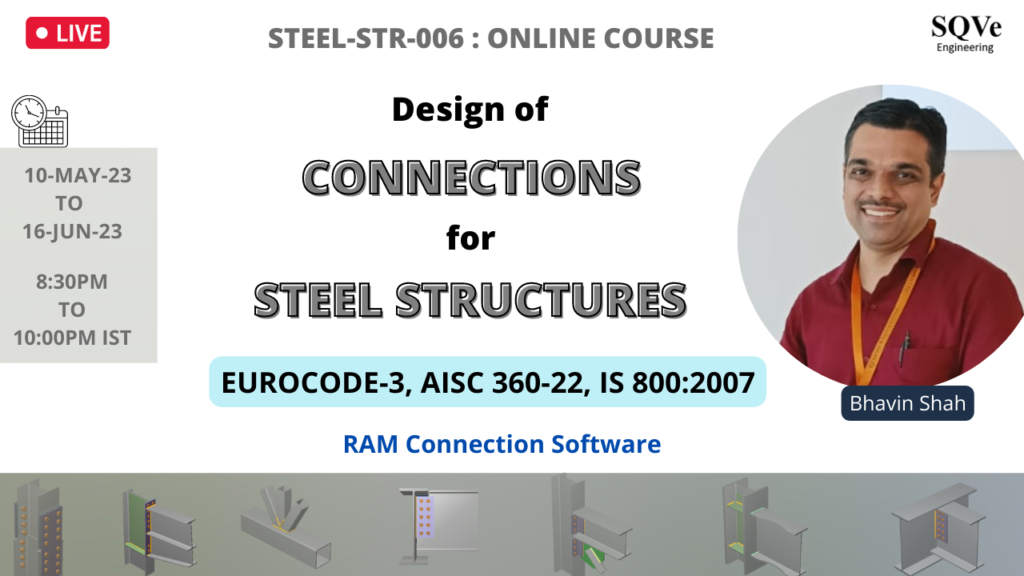
STEEL-STR-006: Design of connections for steel structures | EUROCODE-3 | AISC 360-22 | IS 800:2007 | RAM connection
Design of connections for steel structures as per IS 800:2007 is still grey area. We have recently launched an online course to address the important area. In the course, we will discuss different limit states and different parameters for the connection design as per Eurocode-3 and AISC 360-22. Thereafter, we will address the connection design as per IS code. Software RAM connection will be used for the connection design during the program.
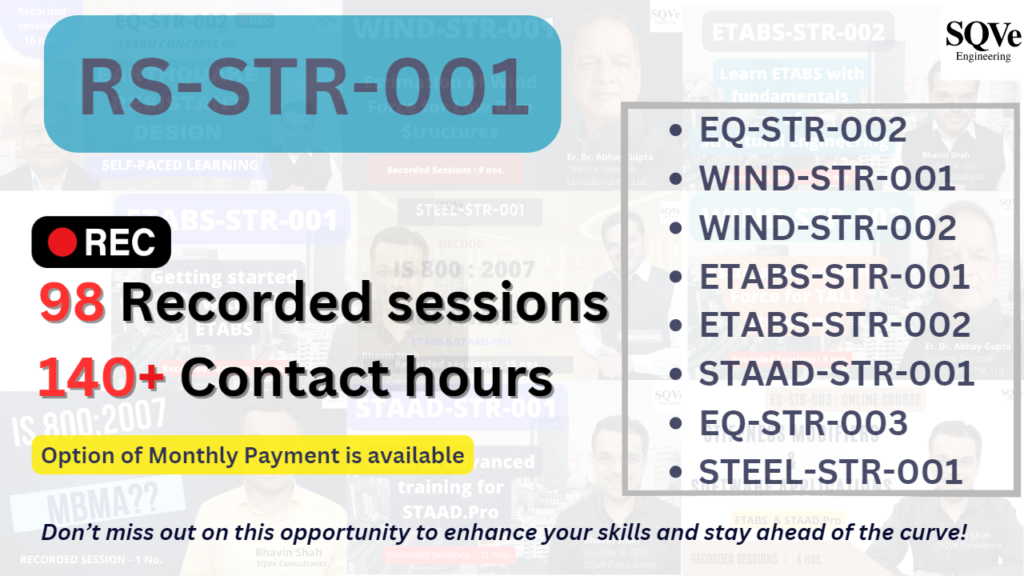
RS-STR-001: Get access to 98 recorded sessions
We are excited to announce the availability of recorded sessions from our previous online courses for structural engineers. These sessions cover a wide range of topics including earthquake resistant design, wind engineering, software training for STAAD Pro & ETABS, design of steel structures, etc. With a total of 98 sessions and over 140 contact hours, this library of recordings is a valuable resource for anyone looking to enhance their knowledge and skills in the field of structural engineering. The content of the course will be gradually released over the course of the 8-month duration, ensuring that participants have ample time to digest and apply the material. Don’t miss out on this opportunity to enhance your skills and stay ahead of the curve!
Feedback of few participants for previous online courses”
